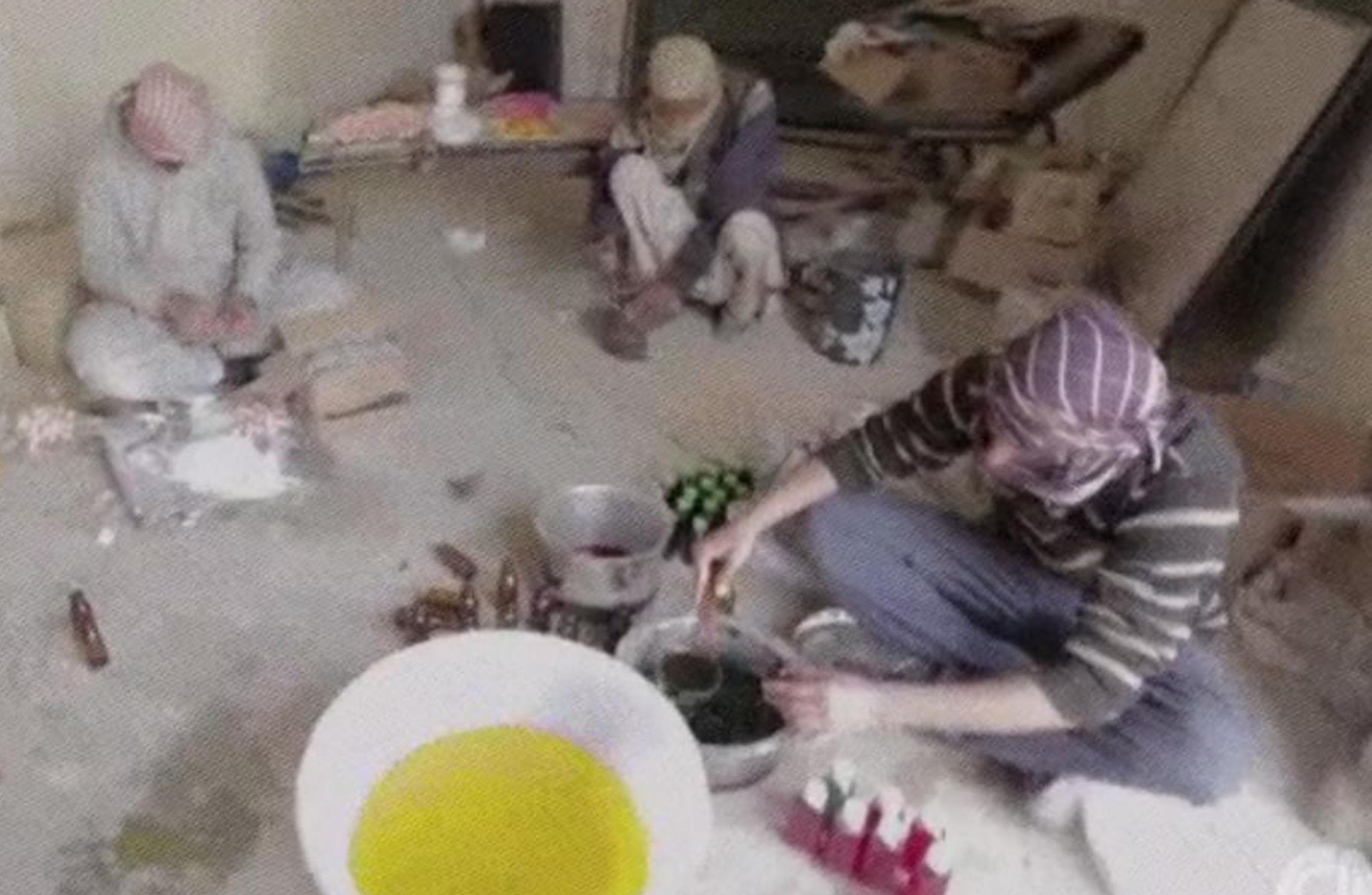 The Society continued its push against falsified medicines with the 2015 Annual Meeting symposium, "The Pandemic of Falsified and Substandard Medical Products: Detection Techniques and Policy Recommendations." The symposium addressed the threat of substandard and falsified medical products, which pose significant health and economic risks to global public health, by exploring new technologies for identifying falsified medicines, field innovations for defining their prevalence, and the broader policy implications that require government's attention.
The Society continued its push against falsified medicines with the 2015 Annual Meeting symposium, "The Pandemic of Falsified and Substandard Medical Products: Detection Techniques and Policy Recommendations." The symposium addressed the threat of substandard and falsified medical products, which pose significant health and economic risks to global public health, by exploring new technologies for identifying falsified medicines, field innovations for defining their prevalence, and the broader policy implications that require government's attention.
Organized by ASTMH member James E. Harrington, PhD, MPH, a co-editor of the AJTMH special supplement (June 2015), "The Global Pandemic of Falsified Medicines: Laboratory and Field Innovations and Policy Perspectives," the symposium included the following presentations:
- "Analysis of Counterfeit Drug Penetrations into the Global Legitimate Supply Chain," Tim K. Mackey, MAS, PhD, UC San Diego School of Medicine, U.S.
- "Monitoring the Quality of Medicines in Africa, Southeast Asia, and South America," Mustapha Hajjou, PhD, U.S. Pharmacopeial Convention
- "The Joint Inter-Agency Task Force: A Global Fund-Led Initiative to Proactively Tackle the Problem of Falsified and Stolen Medicines," Martin Cinnamond, Sourcing Department, Joint Inter-Agency Task Force, The Global Fund for AIDS, TB and Malaria, Switzerland
- "Poor Medicine Quality and Clinical Trials – Hidden Troubles?" Paul Newton, BMBch, DPhil, MRCP, University of Oxford, Lao People's Democratic Republic
“This is not a problem of poor people in the middle of Africa," Dr. Herrington said following the symposium. "It's a problem anywhere people are exposed to the falsified products."
He cited an example of a cancer patient who died while being treated with Evastin, an injectable cancer drug. When the medicine was tested, there was no active ingredient found in the dosage being supplied to the patient, nor to the hospital supply chain.
“Patients are not getting treatment, or they’re getting substandard treatment. As a result, they do not get better or they die,” Dr. Herrington said.
This can cause the public to lose faith in the treatment or possibly in their medical providers. In cases of diseases like malaria, falsified medicines lacking enough active ingredient can also promote parasitic resistance. This is especially dangerous with malaria because there currently is no alternative option for treatment, he said.
Dr. Herrington said stricter regulation of pharmaceutical products is needed, particularly by the FDA in the United States, where regulation is “mediocre at best.” The U.S. imports 40% of all pharmaceutical products. He would like to see the FDA use the same scrutiny for drug imports that the FAA does with imported aircraft.
ASTMH has taken several steps in 2015 to spotlight this global menace. In June, AJTMH published a supplement featuring articles on falsified medication detection technologies and methods, field surveillance data, multisectorial perspectives, and policy interventions and recommendations. The supplement was co-edited by Dr. Herrington, former ASTMH Councilor Joel G. Breman, MD, DTPH, FASTMH, and Society member Gaurvika M.L. Nayyar.
In September, ASTMH held a Capitol Hill briefing on this issue, co-sponsored by 17 organizations, including Pfizer, the Ovarian Cancer National Alliance and the International Myeloma Foundation. Presenters included Dr. Breman and representatives from the FDA, Pfizer, and the American Association for Cancer Research.
(Image courtesy of CNN)
>>Watch the CNN segment, "Patients fooled by fake drugs made with poison and brick dust"
>>Read the Newsweek cover story, "The Fake Drug Industry Is Exploding, and We Can’t Do Anything About It"